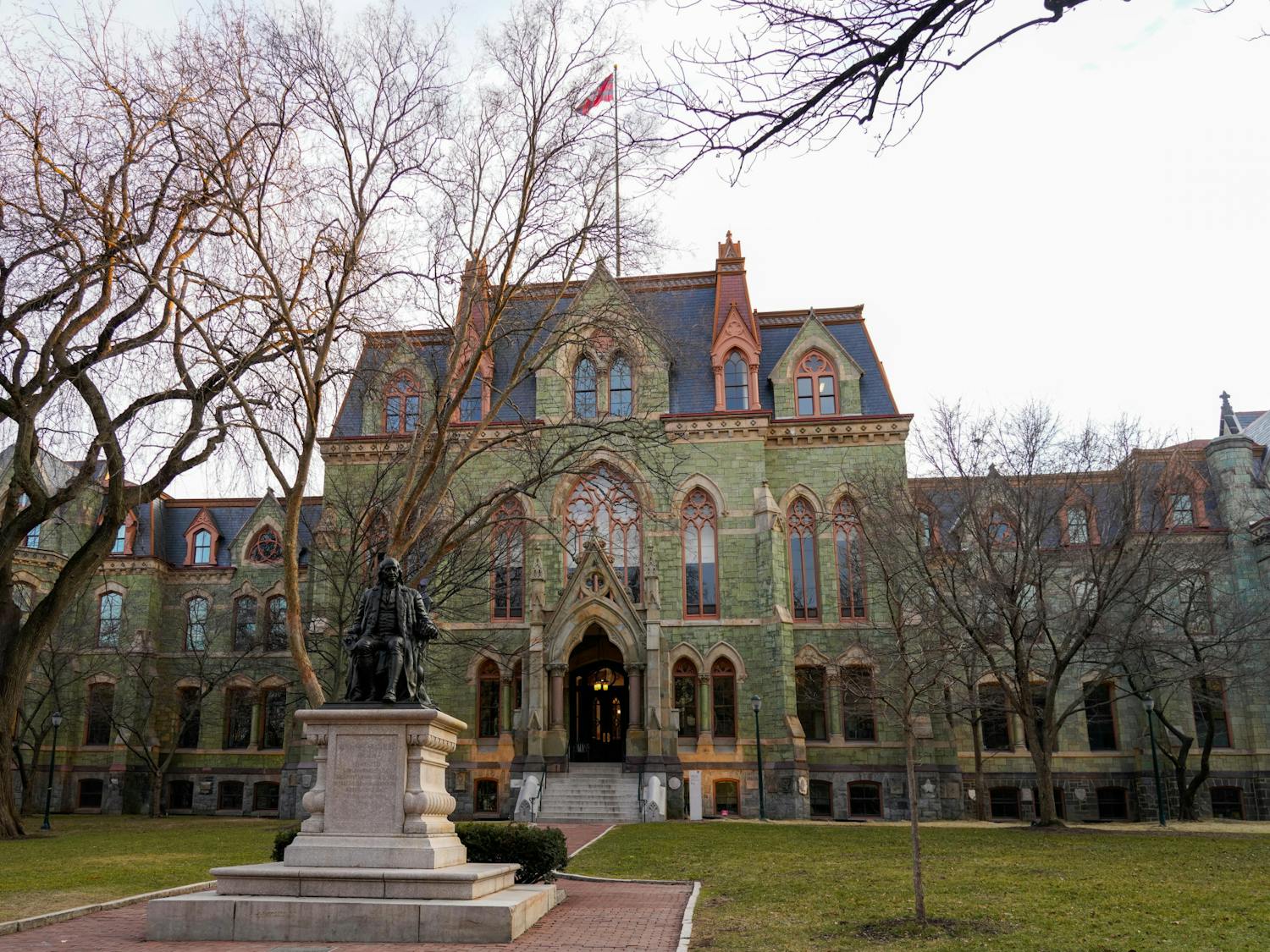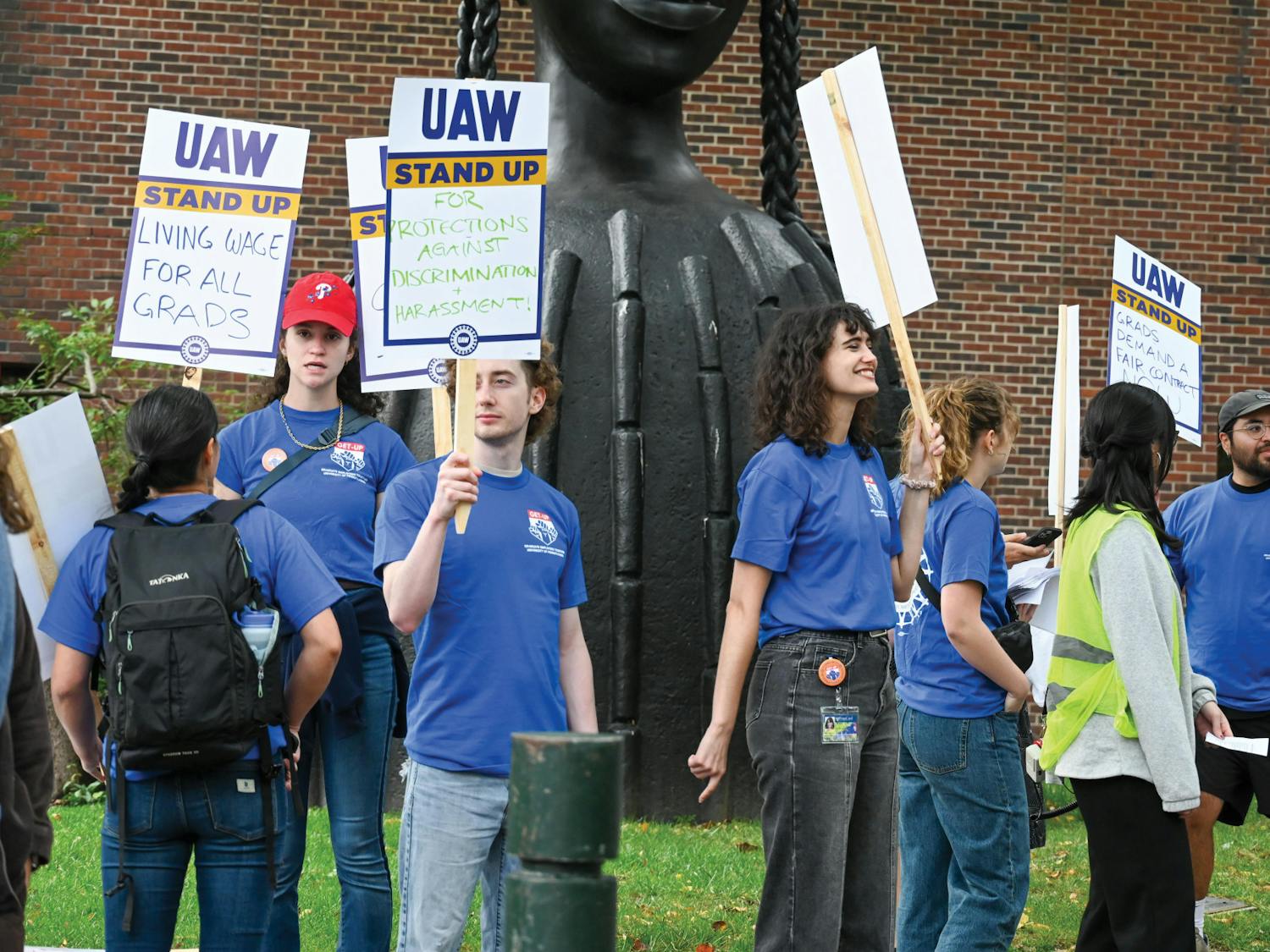Students at yesterday's third annual CISters luncheon for women in computer science learned that the legacy of women programmers has a long tradition -- longer, perhaps than that of their male counterparts. Yesterday's luncheon was sponsored by the School of Engineering and Applied Science's Department of Computer and Information Science, which brought back two of the first six programmers of ENIAC, the first electric computer. While many of the country's engineers were overseas fighting in World War II, technological developments were under way in the basement of Penn's Moore School of Engineering, where ENIAC was housed. So the U.S. Army turned to women with degrees in mathematics to continue the work. And Kay Mauchly Antonelli, a speaker at yesterday's event, was one of these women. She joined forces with five other women, creating a female troupe of six who programmed the computer for the first time. "It was great fun in a way, it was always interesting," Antonelli said of the assignment. "We were doing something that had never been done before." These women went down to work in the basement of the Towne building where ENIAC was being developed by J. Presper Eckert and John Mauchly, whom Antonelli would eventually marry. Though untrained in electrical engineering, the women studied ENIAC's blueprints, soon learning the machine's workings and programs. "I don't think that programmers today ever get into the nitty-gritty of the thing," Antonelli said. Her experience in programming, however, proved to be quite gritty. The women had to operate 3,000 switches and 80 tons of hardware to program ENIAC by hand. But despite the role they played in developing the concept of computer programming, decades passed before the contributions of these women were recognized. "The ENIAC itself was so spectacular and created such amazement in the world that all the credit went to the inventors and the engineers," Antonelli said. "Nobody ever questioned who was operating the thing." The six ENIAC women were not formally recognized for their contributions until 1997, when the Women in Technology International Summit inducted them into their Hall of Fame. Harvard Computer Science Professor Barbara Grosz said she didn't even know of the female ENIAC programmers until recently. "One of the unfortunate things about them not being recognized was that those of us who came later didn't actually know that women had been so influential in the beginning," Grosz said. As civil service employees of the Aberdeen Proving Grounds, which tested weapons during the first and second World Wars, the women were not recognized as engineers on the machine, nor did records exist of them at Penn. They were initially hired by the Army as "computers," a title that indicated a sub-professional status. Men with the same qualifications were hired as "mathematicians." "One woman had her degree in astronomy, but they just paid her as a computer," Antonelli said. The six programmers were among nearly 100 who came to Penn's Moore School of Engineering in response to a newspaper ad placed by the Army recruiting women with math degrees. The job entailed calculating missile trajectories on a machine called a "differential analyzer." These women were to report to Penn's Engineering School. "Penn had made some sort of agreement with the Army that whenever war broke out, the army could take over this analyzer," Mauchly said. "They hired us right on the spot." According to Antonelli, the Towne building during World War II was a much different climate for engineers -- especially women. "The Moore School did not admit girls, so with the exception of about three or four secretaries, there were no women there at all," Antonelli said. "Things were so strict that you couldn't even take a course in electrical engineering if you were a woman," she added. But the atmosphere for the women working on ENIAC was far from unwelcoming, according to Betty Jean Bartik, another ENIAC programmer who went on to program more advanced computers after the war. "The ENIAC engineers were great with us because they found out we knew what we were doing," Bartik said. "They were so happy that we could de-bug the ENIAC, they treated our ideas with a lot more respect than most men at the time," she added.
The Daily Pennsylvanian is an independent, student-run newspaper. Please consider making a donation to support the coverage that shapes the University. Your generosity ensures a future of strong journalism at Penn.
Donate







